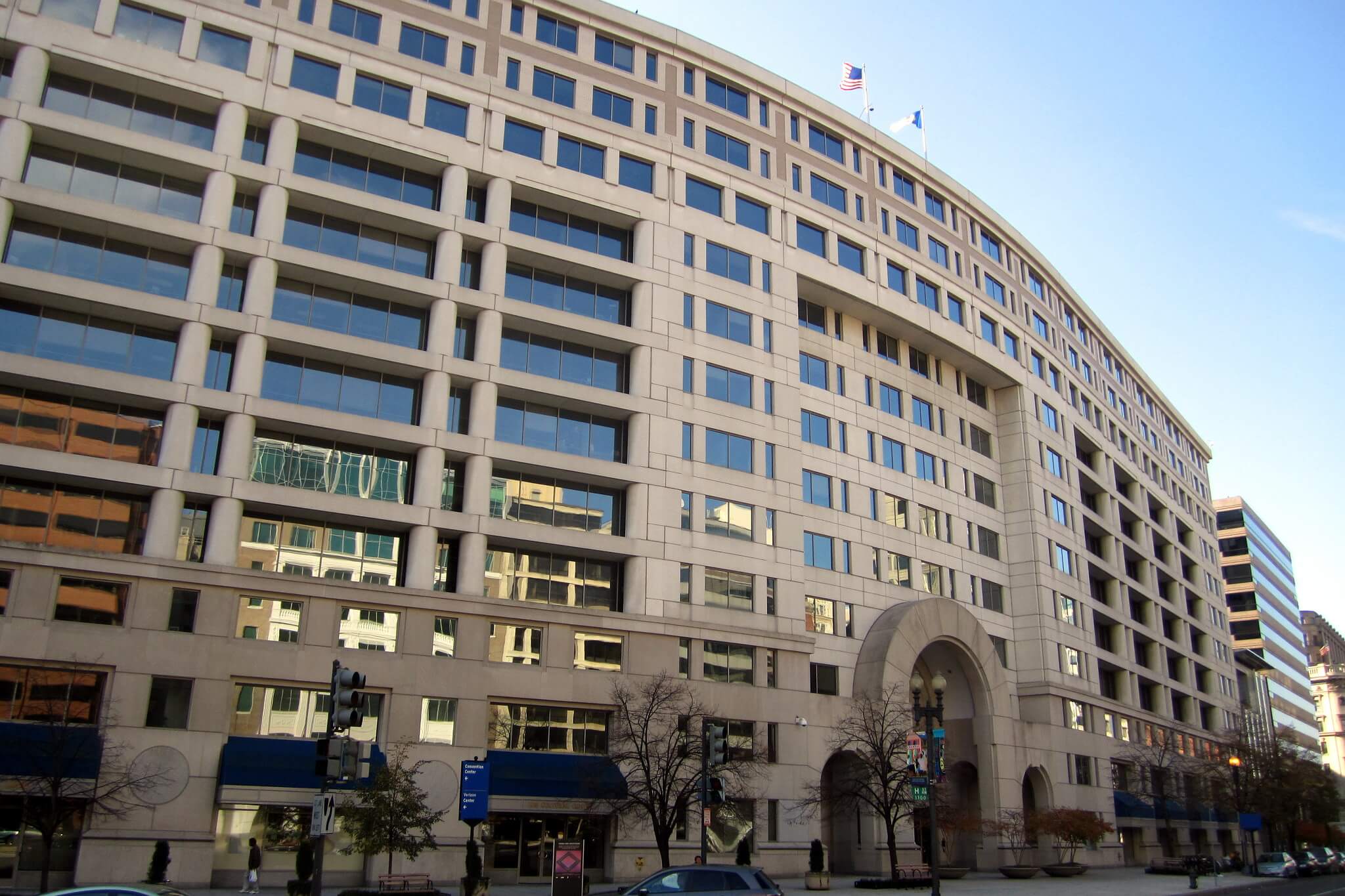The Inter-American Development Bank, alternatively known by its initials “IDB” or “IADB,” is one of the oldest multilateral development institutions in the world.
Established in 1959 with 18 members, the IADB now has 46 member nations, 26 of which are borrower countries in Latin America and the Caribbean, and 20 non-borrowing countries: Israel, Canada, the United States, Japan, and 16 European nations.
Long before its founding, the seeds of a regional development bank in Latin America were first planted by Juan Bautista Alberdi, a lawyer from Argentina who wrote his country’s constitution. Later, in 1889, countries from Central and South America, and the Caribbean, attending the first Pan-American Congress held in Washington, D.C. also floated the idea of a regional development bank.
It was only after the end of World War II that Latin American countries (with a delegation helmed by Mexico) were able to convince the Roosevelt administration in Washington to negotiate a charter for the future IADB.
Despite the talks, the U.S. financial sector pushback and energies directed toward creating the World Bank (then known as the International Bank for Reconstruction and Development) saw the creation of the IADB pushed back until the Eisenhower administration became concerned over the economic deterioration in the region and dangers of anti-capitalist revolutions that the creation of the Inter-American Development Bank was finally able to be accomplished.
What Is the IADB?
The Inter-American Development Bank (IADB) is a multilateral lending institution based in Washington, DC, which finances development projects in 26 of its member nations, the ones across Latin America and the Caribbean.
The IADB also includes the Inter-American Investment Corporation (IIC, also known as IDB Invest, founded in 1986), and the Multilateral Investment Fund (MIF or FOMIN using the Spanish acronym, founded in 1993), which work autonomously under the Bank’s guidance to promote investment reforms and to stimulate private sector development.

The IADB is headquartered in Washington, D.C., and employs around 2,000 people. The Bank also operates several regional offices in Asia and Europe. In 2021, the institution provided $23.4 billion in financing and capital mobilizations.
The IADB has four official languages, and is known as Banque interaméricaine de développement (BID) in French, Banco Interamericano de Desenvolvimento (BID) in Portuguese, and Banco Interamericano de Desarrollo (BID) in Spanish. As such, it is usually referred to by the acronym BID when not using the English language.
What Does the IADB Do?
The IADB’s primary function is to provide financing for development projects in Latin America and the Caribbean. Generally speaking, the Bank loans money to the governments of borrower nations at standard interest rates, however, since the institution has preferred creditor status, borrower nations are required to repay loans to the IADB before repaying other obligations.
Because the majority of shares in the Bank are owned by borrower nations, it is believed that this helps ensure the payment of loans.
The IADB functions by using capital from its member nations to raise additional funds in the financial markets which are then loaned to borrower nations, at interest, in order to finance development in Latin America and the Caribbean. The Bank also sometimes provides technical assistance for the preparation, financing, and implementation of development plans and projects.
The financing institution’s autonomous units (IDB Invest and the Multilateral Investment Fund) work by delivering funds to the private sector in the countries in the form of loans, grants, and investments in order to support innovation and entrepreneurship in the region.
Who Owns the IADB?
The IADB is owned by 46 member countries, 26 of which are borrower nations:
The remaining 20 member countries are lending nations:
Although the United States is the single-largest shareholder (roughly 30%), the member nations from Latin and America own the majority (50.02%) of the shares, the rest being owned by non-borrowing member nations in Europe and Asia.
The IADB is run by a Board of Governors formed of one representative from each member nation, however, each member’s voting power is proportional to their country’s share of capital.
Day-to-day operations are conducted by the Board of Executive Directors, composed of 14 Executive Directors and 14 Alternates, and organized in five different Standing Committees.
What does IADB Stand For?

The IADB stands for the Inter-American Development Bank, sometimes referred to as just the “IDB”.
The IADB has four official languages and is known as the BID in Spanish, French, and Portuguese.
What Are the IADB’s Goals?
The IADB’s goals are to finance the economic and social development of the Latin America and Caribbean region.
The Bank’s priorities include promoting social inclusion and equality, productivity, innovation, and regional economic integration. The institution Bank also has a strong focus on combating climate change and promoting environmental sustainability, institutional capacity, and the rule of law.
The six strategic areas of assistance for the IADB are:
- Building national systems for disaster prevention and response
- Developing a culture of prevention
- Reducing the vulnerability of the poor
- Working together with the private sector
- Providing risk information for decision making
- Fostering leadership and cooperation in the region
The IADB usually updates its institutional strategies every ten years. In 2020, the latest planning document was published which includes a focus on making the region a more inclusive and prosperous society.
Do you like this article? Check more of the DevelopmentAid’s series of multilaterals’ brief history: AfDB, EBRD, USAID, EIB, UNDP, ADB, and the World Bank (WB) and stay tuned for future publications.

